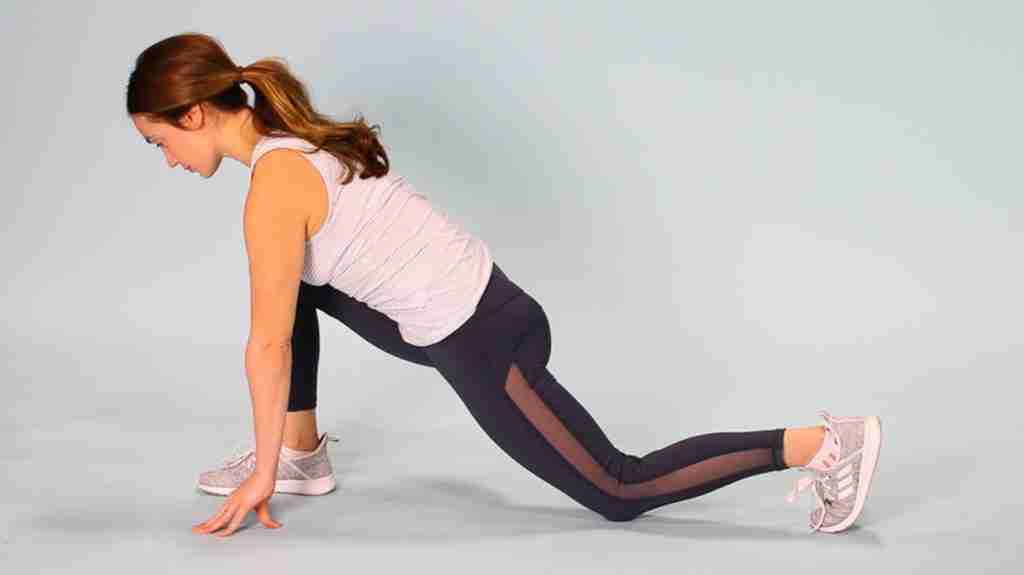Hip adductors are the muscles in your inner thigh that support balance and alignment. These stabilizing muscles are used to adduct the hips and thighs or move them toward the midline of your body.
To improve athletic performance and prevent injury, it’s important that you tone, strengthen, and stretch all your hip muscles, including your hip adductors.
Here are six hip exercises you can do at home to increase flexibility, build strength, and prevent injury. The adductors are the prime movers in each of these exercises.
1. Side leg raises
This exercise is suitable for all levels. It works your hips, glutes, and legs.
Instructions:
- Lie on your right side with your legs extended out straight.
- Use your right hand or a cushion to support your head.
- Slowly raise your left leg as high as you can.
- Hold this position for a few seconds before lowering your leg back down.
- Do 2 to 3 sets of 8 to 16 repetitions on each side.
2. Clamshells
This inner thigh exercise can also be done while sitting in a chair. You can do this with a resistance band around your lower thighs for an even better stretch.
Instructions:
- Lie on your right side with bent knees.
- Slowly open your left leg as far as you can.
- Hold this position for a few seconds and then lower back down to the starting position.
- Do 2 to 3 sets of 8 to 16 repetitions on each side.
3. Standing lateral leg raises
This exercise builds strength and flexibility in your glutes, adductors, and hamstrings. Increase the difficulty by using ankle weights or a resistance band.
Instructions:
- Stand on your right foot with your left foot slightly raised.
- Place your hands on a wall or chair for support and engage your core.
- Keep your hips square as you engage your inner thighs to lift your left leg as high as you can.
- Pause here for a few moments before slowly returning your leg back down.
- Do 2 to 3 sets of 8 to 14 repetitions on each side.
4. Wide leg squat
These squats target your adductors, quadriceps, and glutes. Use a resistance band around your thighs to increase the resistance and keep your body in alignment.
Instructions:
- Stand with your feet wider than your hips.
- Slowly lower your hips down as far as you can.
- Pause in this position, engaging your inner thighs.
- Return to the starting position.
- Do 2 to 3 sets of 8 to 12 repetitions.
5. Low lunge
This pose targets your glutes, adductors, and legs. Focus on lengthening your spine while sinking down into your hips.
Instructions:
- From tabletop position, step your right foot forward and position your ankle under your knee.
- Extend your left knee back slightly and press evenly into both hands.
- Hold this position for up to 1 minute.
- Then do the opposite side.
6. Fire hydrants
Reduce back pain and work your core, hip flexors, and glutes with this exercise.
Instructions:
- From tabletop position, yield your weight evenly onto your hands and right knee.
- Slowly lift your left leg away from your body, keeping your knee bent.
- Pause here before returning to the starting position.
- Do 2 to 3 sets of 8 to 12 repetitions on each side.
Exercising with tight adductors that have not been properly warmed up is a common cause of injury in athletes.
To prevent an adductor strain, warm up for 5 to 10 minutes before you begin your workout. Include gentle stretches, jumping jacks, and brisk walking. Build up slowly when you begin a new exercise program and stop doing any activity that causes pain.
Immediately ice the affected area if you experience any pain. You can also self-massage using muscle rubs, essential oils, or a foam roller. Of course, making an appointment with a sports massage professional or acupuncturist is also beneficial.
Take care of your body, especially in this sensitive area. You can perform these exercises to build strength, improve flexibility, and prevent injury.
It’s especially important to do these exercises if you’re at risk of adductor strain due to a previous injury, alignment concerns, or athletic participation.
Gradually increase the intensity of any new physical activity and listen to your body to avoid pushing yourself beyond your limits. Speak to your doctor if you have any medical concerns that warrant caution in doing these exercises.
